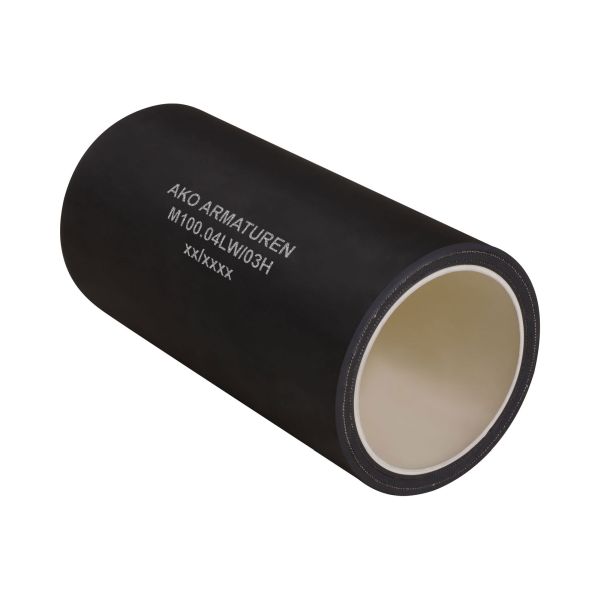Low Maintenance Valves Have a Longer Service Life
Industrial applications that require isolation and strict control over the flowing media, such as scaling and slurries, have pinch valves as an integral part of the system. These low maintenance valves comprise of a flexible rubber sleeve which is either pinched off mechanically or through external pressure to stop the flow. Since the applications that require the use of a pinch valve are so demanding, they are recommended by experts over any other type of low maintenance valve. This is because the Pinch Valve does not require much maintenance and has a much longer service life.
Low Maintenance Valves – The Pinch Valve
One of the highlighting features of the pinch valve is that it requires little to no maintenance. This is because the only part that undergoes wear and interacts with the flowing media is the rubber sleeve. The component is made of a highly corrosion and abrasion resistant material, such as rubber, silicone, and several other forms of elastomers, which dramatically increases the wear-life of the sleeve in these maintenance free valves.
The only thing you have to do, aside from certain measures for preventative maintenance, is to replace the existing sleeve with a new one when it has expended its service life. This is carried out easily by following the instructions given in the installation manual of the pinch valve. Also, you don’t need any special tools for changing the rubber sleeve. The cost of a new rubber sleeve is quite less, and the time required for replacing it is minimal as well. This indicates that the maintenance cost of a pinch valve is very low, as compared to other type of valves.
Low Maintenance Valve Benefits
Aside from this benefit, pinch valves feature straight through flow, full bore, negligible headloss, free passage of solids, and tight shut-off, even when the flow media has suspended solids in it. That is why pinch valves are considered to be the most practical solution for a low maintenance valve in all the applications that involve abrasive, fibrous, and corrosive slurries, powders, and granules.










